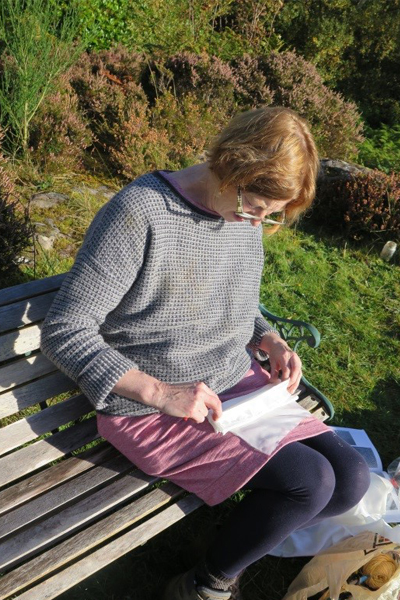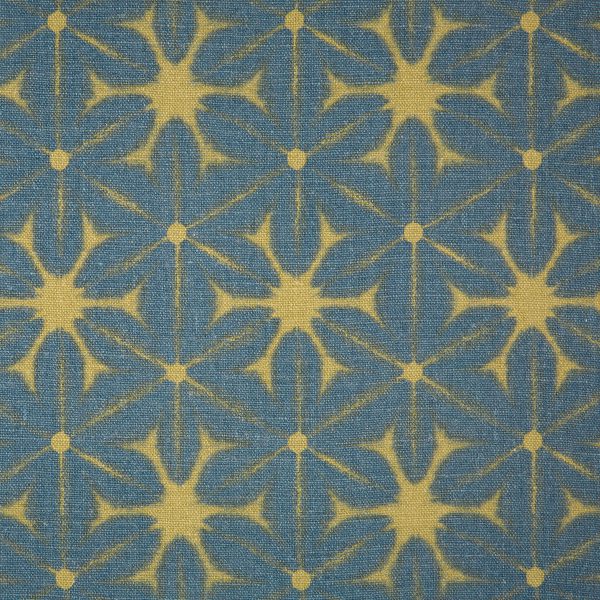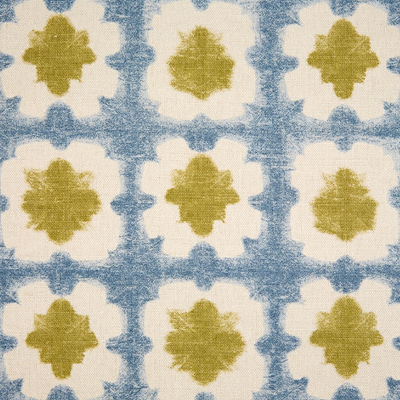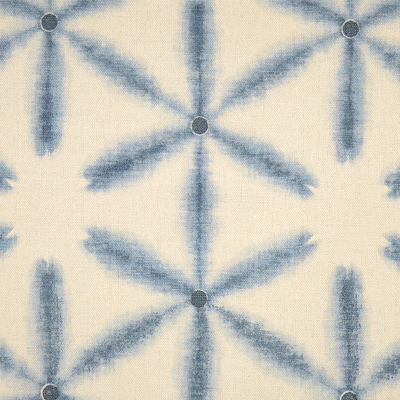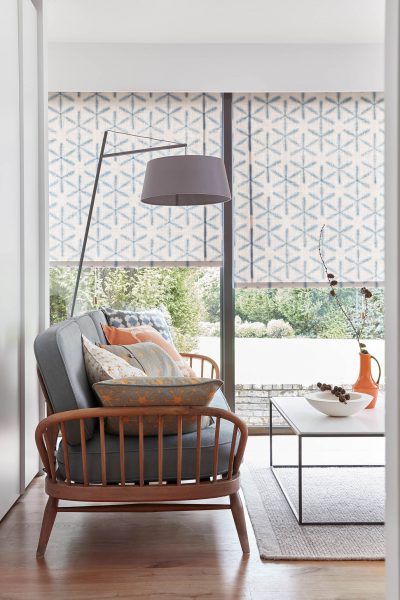
Shibori inspired fabrics
This blog is all about the Japanese art of Shibori, prompted by a celebration of the Olympic Games.
I have drawn inspiration for my designs from quite a different direction to normal for this Artisan Collection. The dictionary defines an Artisan as someone who performs skilled work with their hands, and this collection of simple geometric fabrics and wall coverings has been inspired by the eighth century Japanese art of Shibori.
Shibori is a Japanese word whose root is Shiboru, which means to wring, squeeze and press. It is a process of embellishing fabrics using resist techniques. Instead of building a design into the material through construction, as in knitting or weaving, the design is created on top of the finished fabric. There are many Shibori dye techniques but my designs were created by pleating, folding, clamping and dyeing the fabric. The fabric has to be folded and pressed neatly to create nice and precise patterns.
What was the purpose of shibori?
Shibori is considered to be one of the oldest indigo dye techniques in Japan. Originating in China, shibori dyeing really gained mainstream traction in Japan during the Edo Period from the 17th-19th centuries, as people from the lower social classes needed an alternative to the silk that they were banned from wearing. Unable to afford expensive fabrics like cotton and silk, cheap hemp clothing was widespread in Japan. Shibori emerged as a technique to renew old, faded, stained and damaged clothes.
Shibori lessons…
I am very lucky because my daughter Flora teaches the art of Shibori and she took me off to an old fisherman’s cottage on the west coast of Scotland, where I spent a week learning and experimenting with the technique in glorious autumn sunshine, under her supervision.
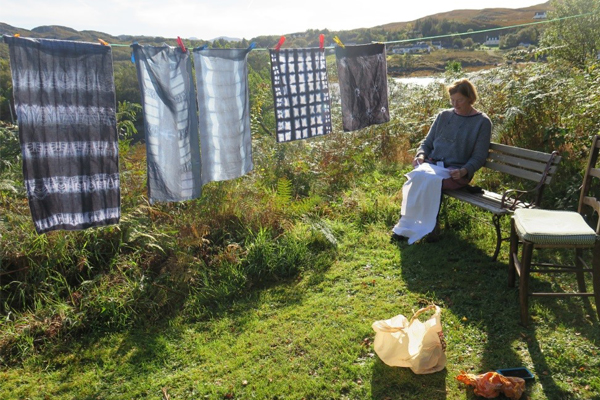
The folding, tying, pleating, clamping gathering and twisting a piece of cloth in a certain way before it is dyed, creates a unique pattern that results from only allowing the colour to penetrate certain portions of the fabric. It’s an ancient technique, requiring a high level of skill, knowledge and time; but, when done right, the outcome is one of striking beauty. At times the cloth is sandwiched between two pieces of wood, which are held in place with string. The shapes prevent the dye from penetrating the fabric they cove.
So I created my designs by using the folding, shaping and compressing techniques and then immersing the cloth in a traditional indigo vat. You can never totally control the process and so the results are always unique and the designs only revealed when the fabric is unwrapped…this is the true joy of Shibori. My results were very mixed and I believe it takes years to develop an expertise in this technqiue, but occiasionaly I found I had achieved a beautiful result!
My Artisan’s stiking motifs involve bold colours and multi-directional, all over prints – a new departure for me:
Here are my designs:
Shibori
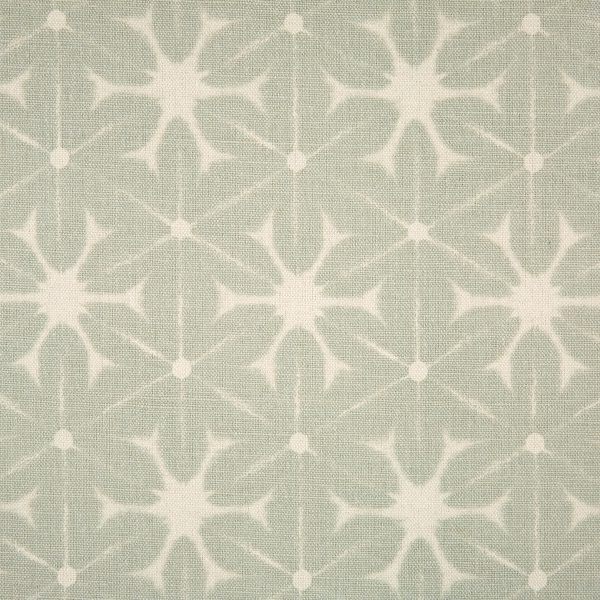
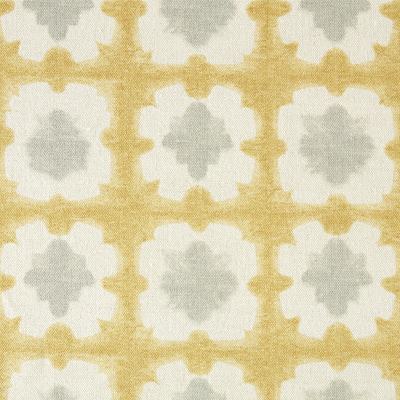
Saffron, Pigeon / Indigo, Kale
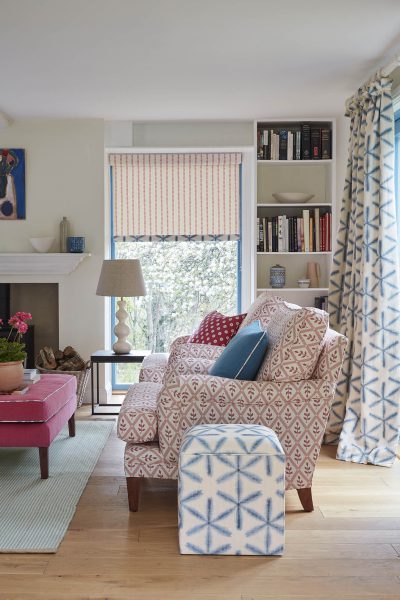
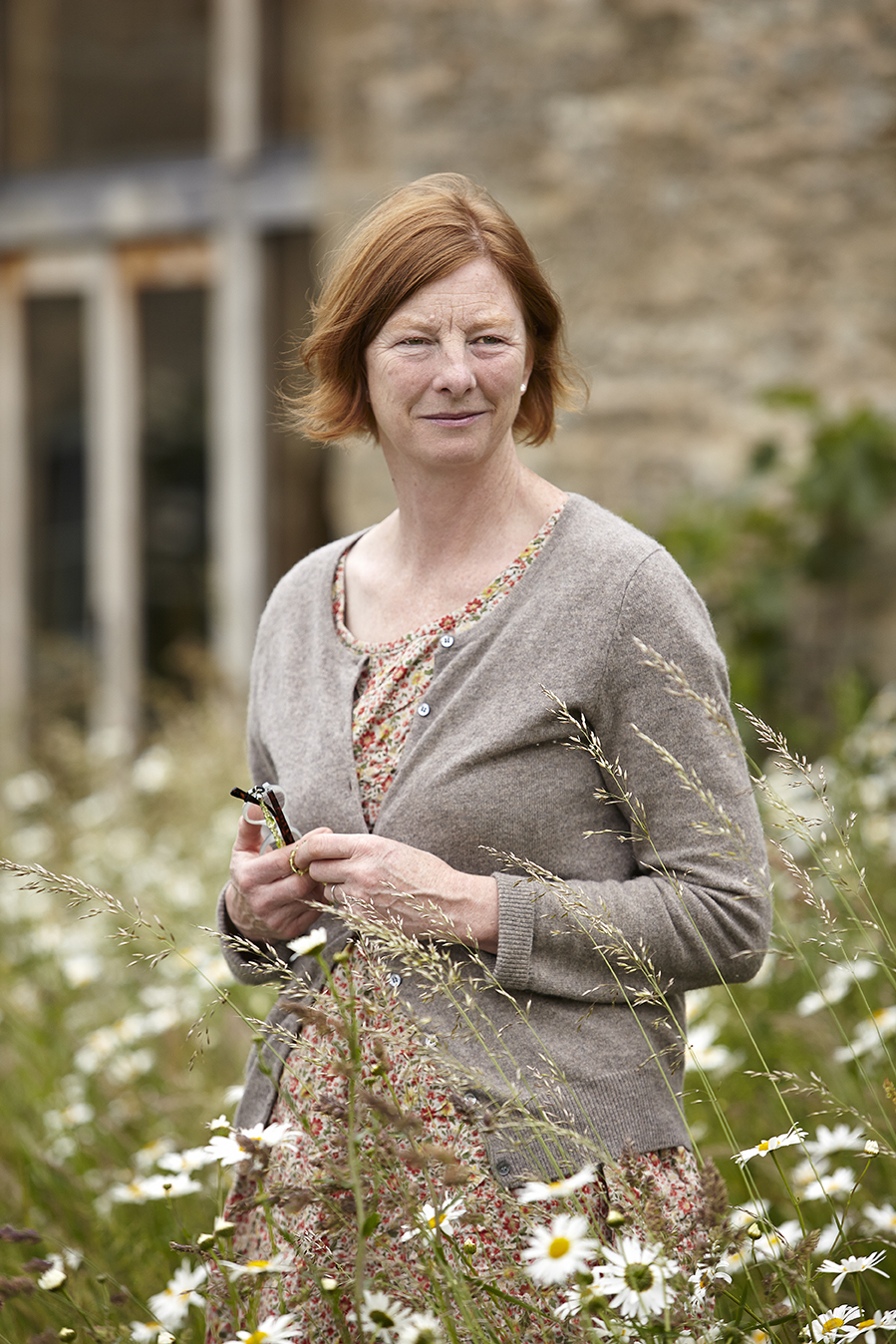
We sell fabrics exclusively designed by Vanessa Arbuthnott, along side small, bespoke collection of Made to Measure items which includes curtains, blinds, sofas, footstools, chairs, headboards, and quilts, all handmade specially for you by master crafts people.
